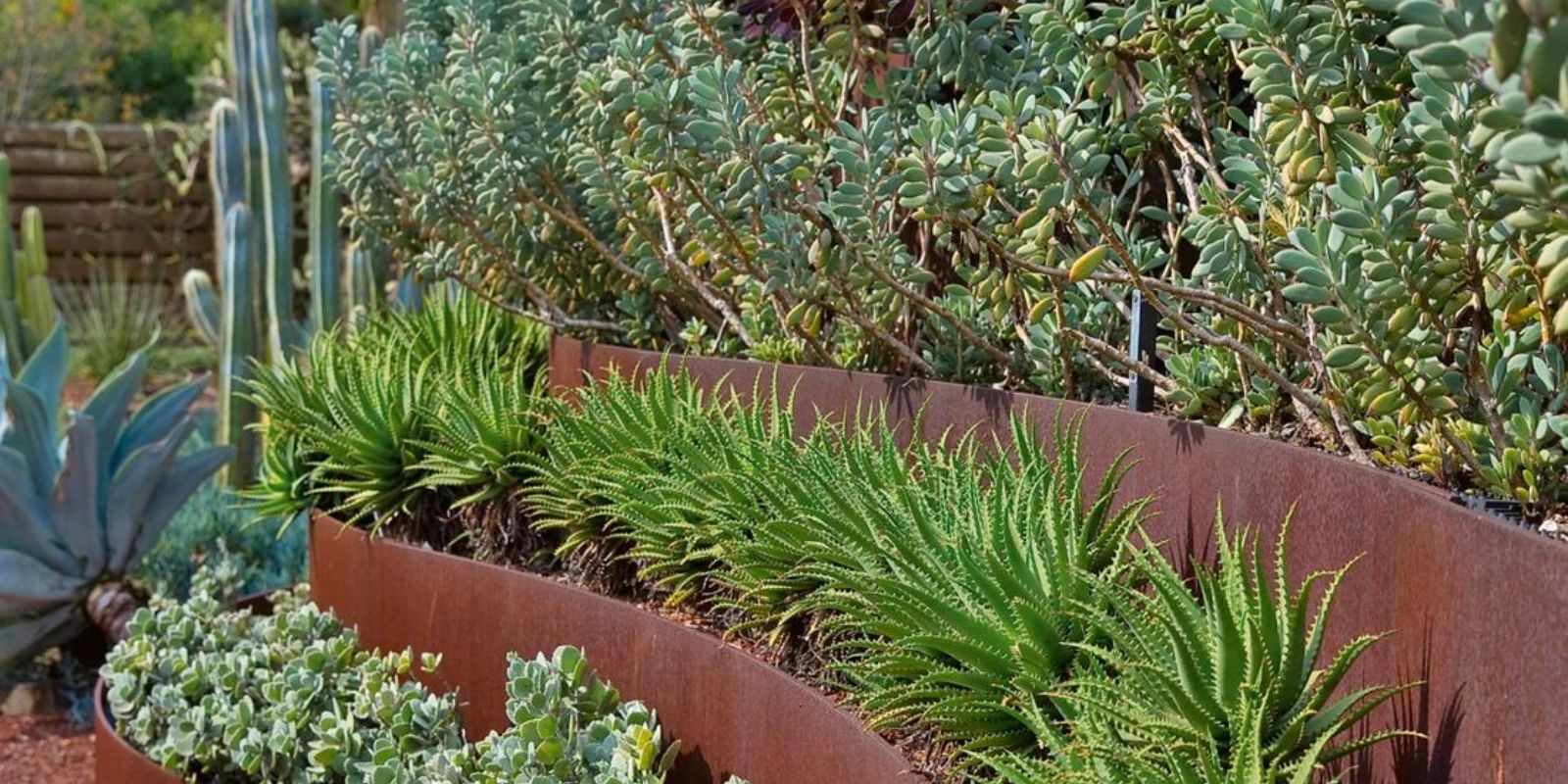In an era where water conservation is more crucial than ever, creating a low-water garden is an excellent way to combine environmental stewardship with beautiful landscaping. A low-water garden not only helps conserve precious water resources but also reduces maintenance and can be incredibly rewarding. This comprehensive guide will take you through the essentials of designing a low-water garden, from selecting the right plants to implementing water-saving practices.
Why Opt for a Low-Water Garden?
A low-water garden is designed to minimize water usage while still offering a vibrant and attractive landscape. The benefits of such a garden include:
- Water Conservation: Reduces the demand on local water supplies and helps in drought conditions.
- Lower Maintenance: Requires less frequent watering and maintenance, saving time and effort.
- Environmental Impact: Supports sustainable practices by using plants adapted to dry conditions.
- Cost Savings: Reduces water bills and the need for extensive irrigation systems.
Steps to Create a Low-Water Garden
1. Plan Your Garden Design
A well-thought-out design is the foundation of a successful low-water garden:
- Assess Your Space: Evaluate your garden’s sunlight, soil type, and existing vegetation. Consider factors like exposure, drainage, and microclimates.
- Create a Layout: Sketch a garden plan, grouping plants with similar water needs together. Designate areas for paths, seating, and other garden features.
- Select Zones: Identify high and low-water zones based on sunlight and soil conditions. Place drought-tolerant plants in sunnier areas and shade-loving plants in cooler zones.
2. Choose Drought-Tolerant Plants
Selecting the right plants is crucial for a low-water garden:
- Native Plants: Opt for native species as they are adapted to your local climate and soil conditions. Examples include California poppies, coneflowers, and desert sage.
- Succulents and Cacti: These plants store water in their leaves and require minimal irrigation. Varieties like aloe vera, agave, and sedum are excellent choices.
- Ornamental Grasses: Grasses like blue fescue, miscanthus, and feather reed grass are hardy and require little water once established.
- Ground Covers: Low-growing plants like creeping thyme and clover can help reduce soil erosion and cover ground with minimal water.
3. Implement Efficient Watering Practices
Efficient watering is essential for a low-water garden:
- Drip Irrigation: Install a drip irrigation system to deliver water directly to plant roots, minimizing evaporation and runoff. This system is especially effective for vegetable gardens and flower beds.
- Soaker Hoses: Use soaker hoses to provide even, slow watering to garden beds and borders. They are ideal for areas where drip irrigation may not be practical.
- Watering Techniques: Water deeply and less frequently to encourage deep root growth. Water early in the morning or late in the evening to reduce evaporation.
4. Use Mulch to Retain Moisture
Mulch plays a vital role in conserving soil moisture and reducing water usage:
- Types of Mulch: Use organic mulches like wood chips, straw, or shredded leaves. They decompose over time, adding nutrients to the soil.
- Application: Apply a 2-4 inch layer of mulch around plants, extending it to cover the soil surface. Ensure the mulch does not touch the plant stems to prevent rot.
- Benefits: Mulch helps regulate soil temperature, suppress weeds, and retain moisture.
5. Improve Soil Quality
Healthy soil is the cornerstone of a thriving low-water garden:
- Soil Preparation: Test your soil for pH and nutrient levels. Amend the soil with compost or organic matter to improve its structure and water-holding capacity.
- Soil Amendments: Add materials like compost, aged manure, or peat moss to increase soil fertility and improve moisture retention.
- Avoid Over-Tilling: Minimize soil disturbance to preserve soil structure and prevent erosion.
6. Group Plants by Water Needs
Arranging plants according to their water requirements ensures efficient watering:
- High-Water Plants: Group plants that need more water together. These might include certain flowering plants and vegetables that require consistent moisture.
- Low-Water Plants: Place drought-tolerant plants in areas with more sun exposure and less frequent watering needs.
- Create Zones: Designate specific garden zones based on water needs to optimize irrigation and reduce waste.
7. Maintain Your Low-Water Garden
Regular maintenance helps ensure your low-water garden remains healthy and attractive:
- Pruning: Trim dead or diseased plant parts to encourage healthy growth and reduce the risk of pests and diseases.
- Weeding: Regularly remove weeds that compete for water and nutrients. Mulch can help reduce weed growth.
- Monitoring: Keep an eye on plant health and adjust watering and care practices as needed. Look out for signs of stress or dehydration and address them promptly.
Additional Tips for a Successful Low-Water Garden
- Use Water-Efficient Lawn Alternatives: Replace traditional lawns with low-water ground covers like clover or buffalo grass.
- Harvest Rainwater: Install rain barrels to collect and use rainwater for irrigation. This provides an additional water source and reduces reliance on municipal supplies.
- Incorporate Hardscaping: Use stones, gravel, and decorative features to reduce lawn area and water usage. Hardscaping also adds visual interest and structure to your garden.
- Seasonal Adjustments: Adjust your watering schedule and plant care based on seasonal changes and weather conditions.
Conclusion
Creating a low-water garden is not only a smart choice for conserving water but also an opportunity to design a beautiful and sustainable landscape. By selecting drought-tolerant plants, implementing efficient watering practices, and improving soil quality, you can enjoy a vibrant garden while minimizing your environmental impact. Embrace these practices and watch as your garden flourishes with minimal water, offering beauty and joy throughout the seasons.
Start your low-water garden journey today and make a positive impact on the environment while enjoying a stunning outdoor space! 🌿💧

